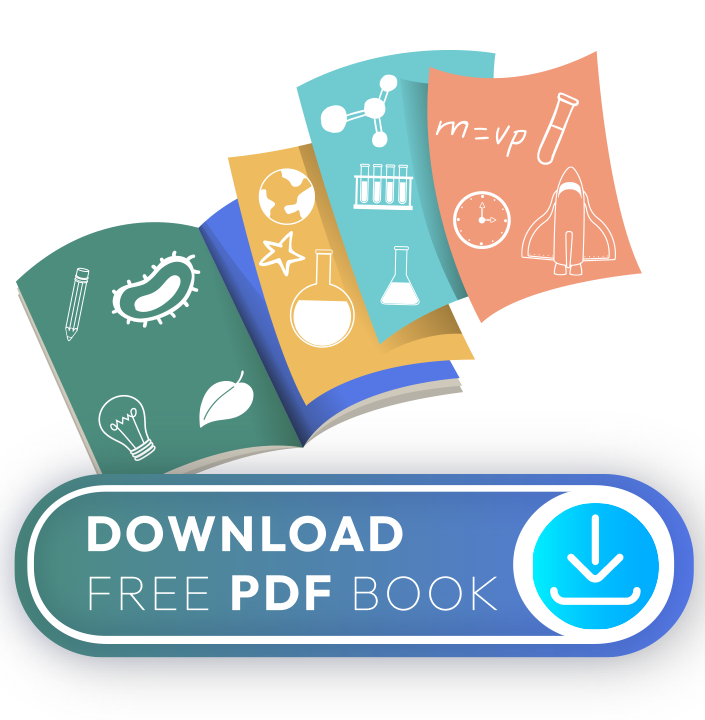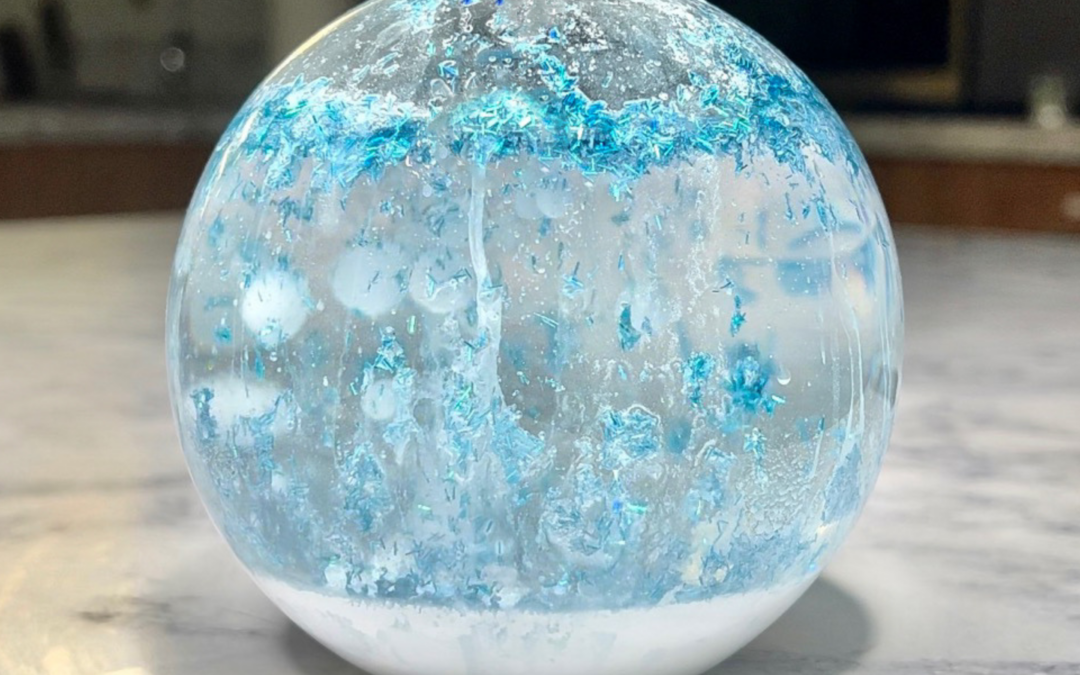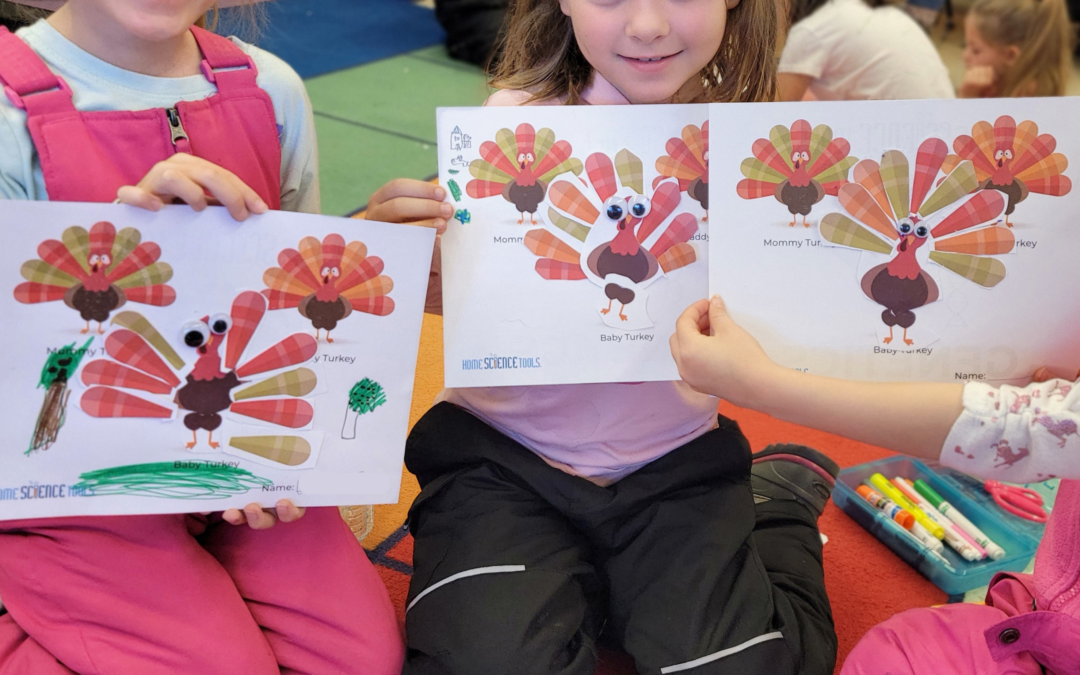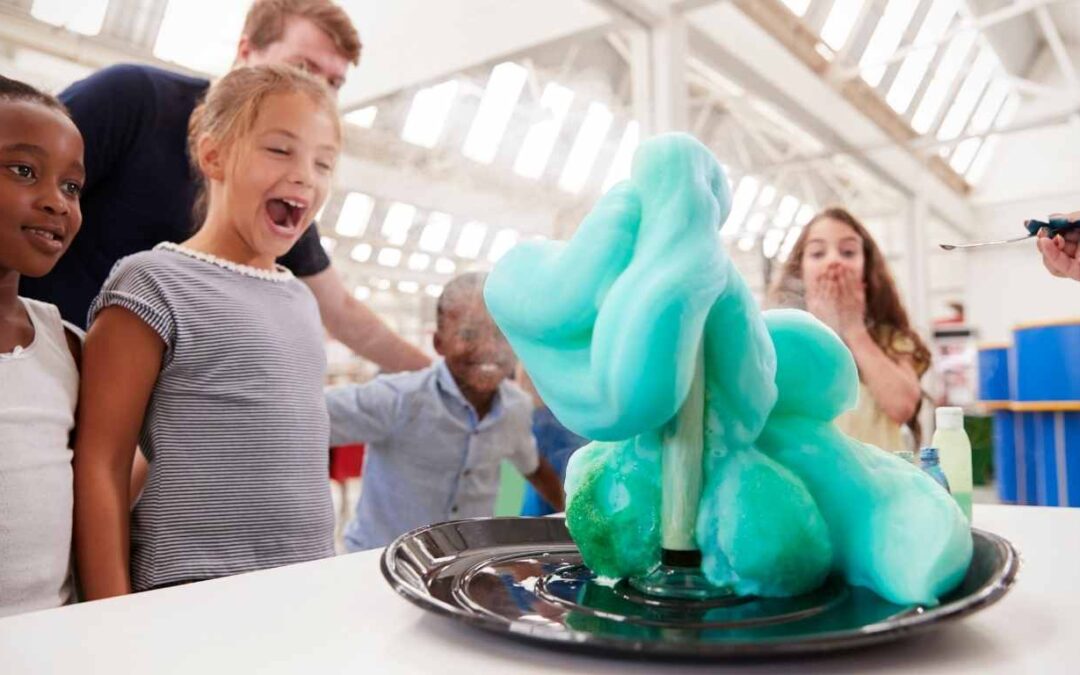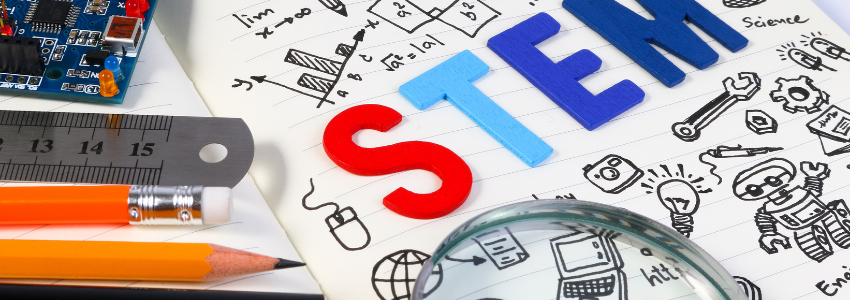A Study of the Size and Scale of the Sun and Planets
This lesson for late elementary students (grades 3 – 5) teaches about Earth and Space science using an inquiry approach.
It covers objects in the sky and changes in the earth and sky, as students learn the size of each planet, the vastness of space, and some special features of our solar system.

After this lesson, students will be able to:
- Demonstrate knowledge of the solar system by arranging spherical objects of different sizes in an order that represents the eight planets and the sun.
- Design a poster that shows the vastness of the solar system, by comparing one planet to another, the earth to the sun, the sun to other stars, etc.
Prior Knowledge: Your students should be at least somewhat familiar with the concepts of volume and mass.
A quick review of the difference between these two terms may be necessary. Stress that mass does not mean the same thing as weight, and just because something has a really big volume does not mean it is going to be heavy. Students also need to know that the planets revolve around the sun, which is at the center of our solar system. This fact will be re-emphasized during the lesson.
What You Need:
- Various spherical objects from around the house:
- Balls in different sizes (beach ball, basketball, playground ball, baseball, tennis ball, rubber ball, ping-pong ball)
- Citrus fruit in different sizes (grapefruit, orange, mandarin)
- Glass marble
- Inflated balloon (try to make the balloon as full and round as you can)
- Small pebble
- Paper strips with solar system facts written on them (print out this PDF and cut apart before class)
- White board with markers (or use a chalkboard, projector, etc.)
- Computer lab (one computer needed for each pair of students)
- Index cards (enough for each student to have several)
- Poster board (one piece or half piece for each pair of students)
- Markers (for making posters)
Solar System Lesson Plan Model
ENGAGE: Before the lesson, gather household items such as a ping-pong ball, tennis ball, inflated balloon, grapefruit, glass marble, small pebble, etc.
You should have around 10 items, with a large range between the smallest to largest. Use any round or spherical item you have on hand (that is safe for students to handle).
Put the round objects on a table and have students sort them from largest to smallest. What about heaviest to lightest?
Ask questions like: Which object is the heaviest? Is that object also the biggest? How many times bigger is the largest object than the smallest object? How do you know?
Note: for a large classroom, put the students in groups of 3-4 and give each group a container with around 10 objects of different sizes.
EXPLORE: Tell the class that the sorting they just did is similar to how a scientist would classify the planets.
We can sort the eight planets from biggest to smallest, from nearest to farthest from the sun, and by how much they weigh. Write the names of the eight planets on the board, telling students they are in order from smallest to largest (write: Mercury, Mars, Venus, Earth, Uranus, Neptune, Saturn, Jupiter).
Have students remain in their groups and work together to choose an object to represent each planet and the sun.
What could you use to represent Mercury? How about Jupiter? Students can also draw a representation of how big they think a planet would be, or find another round object in the classroom (a globe, an eraser from a pencil, etc.)
Hint: Start small. Tell the students that if earth, which is not the smallest planet, was as big as this dot ( . ) then the sun would be about the size of a tennis ball.
Give advice if needed, but let students work out the puzzle for themselves as much as possible. When finished, each group should have nine objects that represent the solar system, lined up in whatever order they choose (for example largest to smallest).
EXPLAIN: Fold the paper strips in half, then put them in a hat, jar, or other container. Hold the jar above students’ eye level and have them grab a strip.
Have students go up one at a time to the whiteboard and use colored markers to write their fact about the solar system.
Once all the facts have been written, break students into pairs.
Tell them to discuss with their partner whether the objects they chose with their group are a good representation of the planets or not.
What did they get wrong? How would they fix it?
Come back as a class and have a volunteer from each pair share what they found out. Write the observations on the board.
Remember that the planets are actually huge—in this lesson we are just trying to compare how big they are relative to each other and the sun.
ELABORATE: Now that students know something about how the planets compare to each other, have them research more about our solar system.
Have students break into pairs or work with the same partner they did before.
Each pair must choose to research one thing from this list:
1) How far apart are each of the planets from the sun?
2) How far is Mars from Earth?
3) How big is the sun?
4) How big is the sun compared to other stars in our solar system?
5) Why is a planet’s mass different than its weight?
You can allow several pairs to pick the same question, as long as each of the five questions are being researched.
As the teacher, you may have students focus on other topics as well, such as dwarf planets, the temperature of each planet, etc. Here are some great sites to help them get started:
Tell students to write down interesting facts they find on index cards, so they can share them with the class during the next section of the lesson. At the bottom of the card have them write the website’s name, in case they want to go back later and forget where they found it.
EVALUATE: Back in the classroom, have students work with their partner to design a poster about the solar system.
They can use their index cards to help them remember the interesting facts they learned.
What is the name of their poster going to be? What is it about?
Help students choose to focus on one aspect of the solar system like comparing two planets, such as Mars and Earth, or comparing Jupiter to the sun.
Students could also focus on one aspect of all eight planets, such as their size or distance from the sun.
When students have finished their posters, have them present to the class.
After presenting, hang up each poster around the classroom to remind the students about what they learned. You can have students fill out a self-evaluation sheet on their own performance, or grade them on teamwork skills, participation, and understanding of the concepts, based on the poster they made.
For a printable version of this lesson plan and the worksheet click here.

